How to Make Green Herb Oil

Add flavor to your dishes with this green herb oil. Let me show you how to make it for a little twist to soups or salads.
The best part about this recipe is that it uses wild or leftover herbs to avoid food waste and use what you already have. With just a few simple steps, you'll turn your herbs into a beautifully colored oil to give your dishes a delightful twist.
I discovered this sensation when visiting a restaurant in a small village in southern Italy. They served a roasted asparagus soup with a drizzle of Green Herb Oil. The oil added color and flavor to the soup, and I immediately asked the chef for the recipe.
“As an Amazon Associate, I earn from qualifying purchases.” Read full disclosure here.
I was surprised to learn how easy it was to make and that I could use wild or leftover herbs, I already had at home.
You can experiment with different herb combinations and adjust the amount of oil used to make a green oil more or less intense. The possibilities are endless!
In addition, Green Herb Oil can also be used to marinate meats, drizzle over roasted vegetables, or even as a dip for bread. It's a versatile condiment and a great way to add color and taste to any dish.
Compared to parsley or chives, which can sometimes overpower the taste of a dish, Green herb oil provides a more subtle infusion of fresh herb taste that is not overpowering.
A Culinary Herb Garden is the best way to use fresh herbs in your kitchen. You can even Grow your herbs from cuttings on the balcony or indoors. Wilted or dried herbs will not make a bright green color which is one of the key characteristics of the oil.
You can use a single herb, like basil, dill, cilantro, or parsley, to make parsley oil. Or you can combine different herbs to create your desired flavor profile.
Basil and parsley: For classic Italian dishes that pair well with pasta, pizza, and tomato-based dishes.
Cilantro and mint: This fresh and zesty profile is great for Asian-inspired dishes and summer salads.
Thyme, rosemary, and oregano: This trio of herbs is commonly used in Mediterranean cuisine and adds depth and complexity to meat dishes, roasted vegetables, and marinades.
Tarragon and chives: This combination offers a delicate and slightly sweet profile that is great for fish dishes and creamy sauces.
Sage and garlic: This pairing creates a savory and earthy taste which is perfect for roasted meats and root vegetables.
However, you can also make Green herb oil using wild herbs with unique flavors. These include wild garlic, nettle, dandelion, or wild thyme. Just . When going foraging, make sure to identify herbs correctly and that you follow this guide to ethical wildcrafting and foraging.
While Wild garlic has a similar but milder taste to regular garlic, dandelion greens would give your green herb oil a bitter taste similar to arugula.
On the other hand, nettle has a grassy and earthy flavor similar to spinach, which is not very dominant, and I don't recommend using it on its own in the oil. Instead, you better alter the flavor slightly with the sweet and minty taste of wild thyme that can add depth and complexity to dishes.
I used extra virgin olive oil, a versatile and delicious oil with a fruity and slightly bitter flavor that pairs well with various herbs. You can also use grapeseed oil, avocado oil, and sunflower oil. These are good neutral oils that can help the herb shine through.
However, choose a high-quality oil that is fresh and not rancid to ensure the best herb oil you can make.
I used wild herbs for this recipe - wild garlic and a few leaves of nettle, dandelion, and plantain for medicinal benefits. Wild garlic was the main herb to add a taste. This technique works for any herbs you may want to use.
Measure the oil and place it in the fridge. Cooling the olive oil before blending it with herbs will help to prevent dulling of the vibrant green color, as the oil will warm up from friction.
Fill a large bowl or container with ice cubes or crushed ice. Add enough cold water to cover the ice and mix it well.
Bring water to a boil in a medium casserole, and add a pinch of salt.
Wash your fresh herbs thoroughly, and shake the water off as much as possible. No need to remove them from stems. Once the water is boiling, add them to a pot of water and for a quick cook (10 - 15 seconds). Don't keep it longer as the color starts to darken. Before transferring them to the ice bath, you want them to be bright green.
Fifth step: Quickly transfer the herbs into an ice bath.
Use a sieve to quickly remove the herbs from boiling water into an icing bath. Let them sit there for at least 5 minutes to cool completely. This is called a blanching technique that involves brief boiling and then rapid cooling in ice water to preserve the color and texture of herbs.
Sixth step: Remove much moisture.
Removing excess water from the herbs before blending them with the oils is crucial. It helps to achieve the desired consistency and prevents the oil from becoming rancid. Thus, squeeze them from the water and pat them dry. You want to use a paper towel to eliminate any remaining moisture.
Seventh step: Blending the mixture.
Place herbs and oil into a blender and puree on high speed for one minute or until completely smooth and well combined.
Eighth step: Strain it.
Line a fine strainer with cheesecloth, a tea towel, or a coffee filter, pour the oil into the sieve, and let the gravity work. Next, place the strainer into a mixing bowl. It takes several hours to filter the oil drop by drop into the jar or bottle. Don't force the oil through the cheesecloth because the herb pieces may drop into the final oil.
Ninth step: Store it.
Transfer the oil to the sterilized bottle or airtight container in the refrigerator for five days or until the color starts to fade.
- One of my favorite ways is drizzling over a soup or salad bowl. The oil can add flavor and color to the dish with no effort.
- Utilize it in marinades for meats, fish, or vegetables. Brush the oil onto the food before grilling or roasting to add flavor.
- Try whisking it into a vinaigrette or salad dressing or stirring it into a tomato sauce for pasta.
- It makes a delicious dip for crusty bread. Serve it alongside your favorite appetizers, or use it as a spread for sandwiches.
- Add the oil to dishes, such as roasted vegetables or grilled meats. Simply drizzle a bit over the top before serving to add a pop of color and flavor.
Store it in an airtight container in the refrigerator for up to a week. It will start losing its taste and color after a few days.
How to Make Green Herb Oil
Recipe details
Ingredients
- 2 cups of any fresh culinary herbs (basil, thyme, cilantro, mint, rosemary, dill) or wild herbs (wild garlic, nettle, wild thyme)
- [½ cup extra virgin olive oil or any other neutral oil
- Salt, for the water
Instructions
- Measure the oil and place it in the fridge. Cooling the olive oil before blending it with herbs will help to prevent dulling of the vibrant green color, as the oil will warm up from friction.
- Prepare an ice bath. Fill a large bowl or container with ice cubes or crushed ice. Add enough cold water to cover the ice and mix it well.
- Boil the water. Bring water to a boil in a medium casserole, and add a pinch of salt.
- Wash herbs and add them to the pot with salted water. Wash your fresh herbs thoroughly, and shake the water off as much as possible. No need to remove them from stems. Once the water is boiling, add them to a pot of water and for a quick cook (10 - 15 seconds). Don't keep it longer as the color starts to darken. Before transferring them to the ice bath, you want them to be bright green.
- Quickly transfer the herbs into an ice bath. Use a sieve to quickly remove the herbs from boiling water into an icing bath. Let them sit there for at least 5 minutes to cool completely. This is called a blanching technique that involves brief boiling and then rapid cooling in ice water to preserve the color and texture of herbs.
- Remove much moisture. Removing excess water from the herbs before blending them with the oils is crucial. It helps to achieve the desired consistency and prevents the oil from becoming rancid. Thus, squeeze them from the water and pat them dry. You want to use a paper towel to eliminate any remaining moisture.
- Blending the mixture. Place herbs and oil into a blender and puree on high speed for one minute or until completely smooth and well combined.
- Strain it. Line a fine strainer with cheesecloth, a tea towel, or a coffee filter, pour the oil into the sieve, and let the gravity work. Next, place the strainer into a mixing bowl. It takes several hours to filter the oil drop by drop into the jar or bottle. Don't force the oil through the cheesecloth because the herb pieces may drop into the final oil.
- Store it. Transfer the oil to the sterilized bottle or airtight container in the refrigerator for five days or until the color starts to fade.




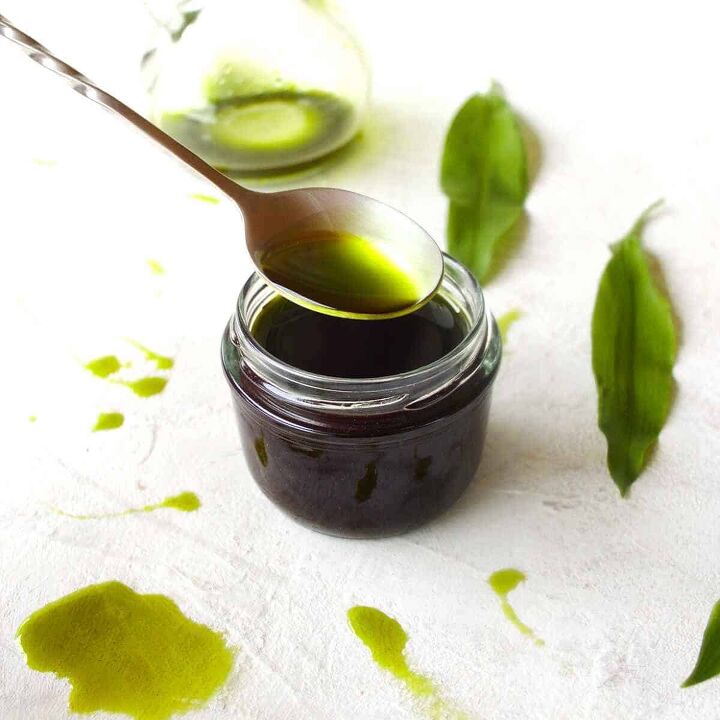














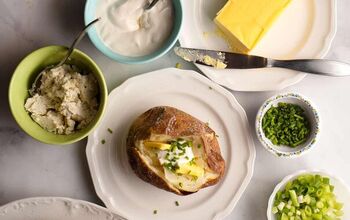

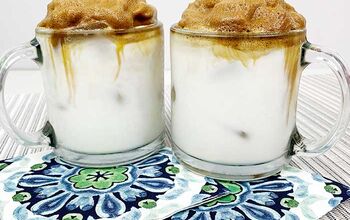

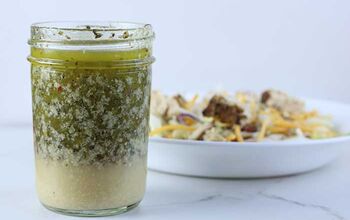




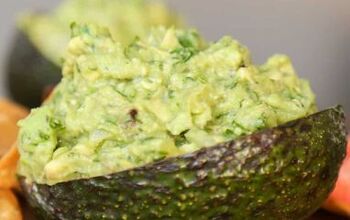



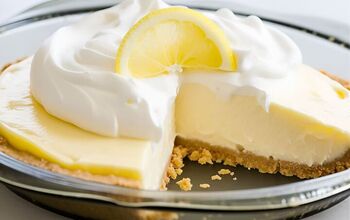


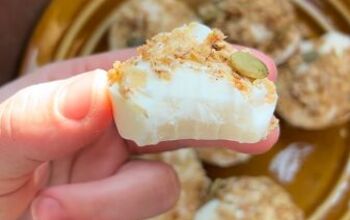
Comments
Share your thoughts, or ask a question!